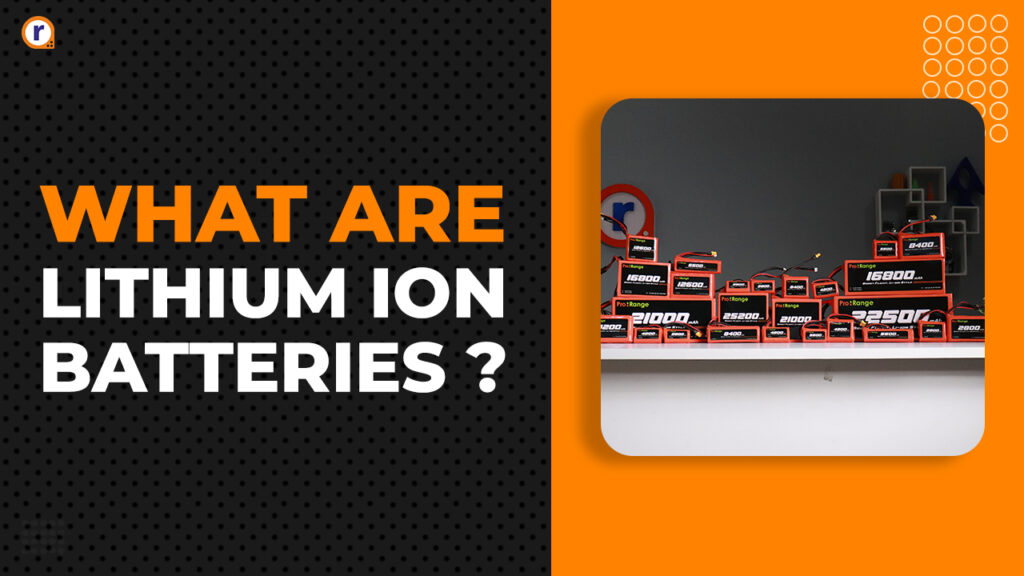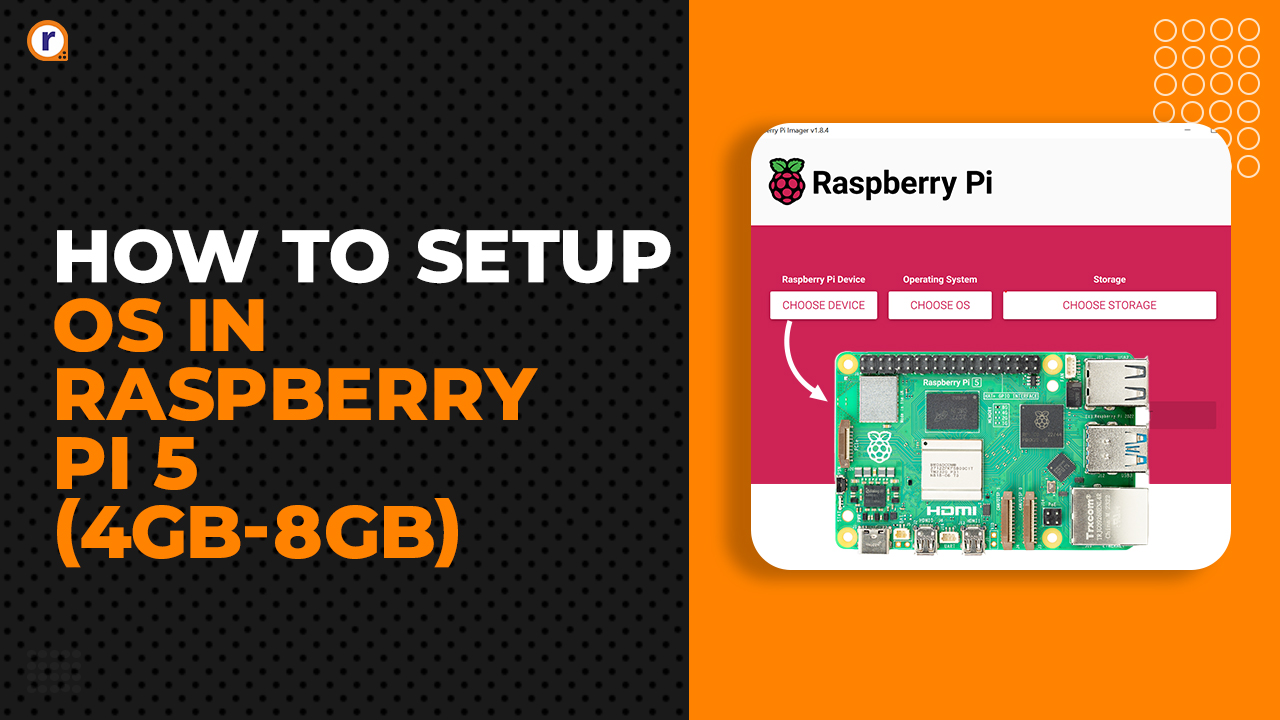How to Choose Lithium ion Battery for Drone: Pro Range Lithium-ion Batteries for Drones & RC
Choose proper battery for your Drone and RC to increase the flight time and performance The important thing in drones is flight time and performance which depends on various parameters

Choose proper battery for your Drone and RC to increase the flight time and performance
The important thing in drones is flight time and performance which depends on various parameters but most of it is related with battery like weight, power, capacity and if you are looking for it pro range lithium-Ion batteries is for you and in this blog, we will cover all about Li Ion batteries.
Table of Contents
What are Lithium-ion batteries (Li ion) ?
Li-ion, often known as lithium-ion, is a kind of rechargeable battery. The battery is made from Li ion cells. The cells are made with three different sections, an anode (a negative terminal) made of lithium, a cathode (positive terminal) of graphite and an electrolyte layer between them to prevent short circuit. And these batteries can be used in a wide range of applications, from RC cars to drones to e-bikes.
But question arises but why to use li ion

Why to use Lithium-ion batteries Li ion?
Li-ion batteries provide high energy density High discharge lithium-ion batteries can offer comparable or even higher energy density than LiPo batteries, providing more power in a smaller and lighter package.
Enhanced Safety: In comparison to LiPo batteries, lithium-ion batteries often exhibit higher levels of safety. They are safer for high discharge applications because they are less prone to swelling and more resilient to damage from overcharging, over-discharging, or physical impact.
Greater Lifespan: Compared to LiPo batteries, high discharge lithium-ion batteries usually have a longer lifespan. Their ability to withstand a greater number of charge-discharge cycles prior to encountering notable capacity deterioration translates into reduced long-term maintenance expenses.
Stable Voltage: When compared to LiPo batteries, lithium-ion batteries frequently offer a more stable voltage output during discharge. For high-demand applications to continue operating consistently, this steady voltage may be essential.
Extensive Operational Temperature Range: High discharge lithium-ion batteries have greater thermal stability in harsh environments than lithium-ion batteries because of their ability to function throughout a broader temperature range.
Ease of Handling and Maintenance: In comparison to LiPo batteries, lithium-ion batteries are usually simpler to handle and maintain. They lower the possibility of mishaps or damage when in use because they don't need the same amount of attention when it comes to charging and storing procedures.
High discharge lithium-ion batteries are a recommended option for demanding applications where performance and dependability are critical since they provide an excellent energy density, safety, longevity, and stability all at once.
What is the Li-ion battery's cell configuration?
Lithium ion battery is made from lithium ion cells which are usually cylindrical and here in pro range lithium ion batteries Molicel cell are used.

these pro range batteries are made from arranging this cell in series and parallel connection according to current and voltage requirement.
by connecting cell in series the voltage is increased and by connecting it parallelly current is increased.
E.g. If configuration is 2S2P that mean battery cell alignment (configuration) 2 cell in series and 2 in Parallel.
Cut off voltage
The cut-off voltage of li ion battery is the voltage at which a li ion battery discharges completely. Discharging the battery below cutoff voltage 3v could cause irreversible performance loss and even damage to the battery. This concludes we should set our voltage alarm to 3.2v or 3.3v.
Nominal Voltage
The lithium-ion cell has a nominal voltage of 3.7 volts. This voltage is the storage mode of the battery.
Maximum voltage
The voltage at which a battery reaches its maximum voltage is known as the maximum charge voltage. If you charge the battery above 4.2v, it is dangerous and can eventually cause fire
Battery assembly
Let's understand the procedure to build the pro range li ion battery. The li ion battery can be made according to your need.
So, process li ion battery goes while built is
High performance Molicel cells are used for this batteries
- Cell IR Testing (Internal resistance of the cells is tested and then they are grouped accordingly for optimal use).
- To provide insulation and prevent short circuits, barley paper is applied.
- The battery structure is designed, and cell are structed according to it like 2s2p
- Spot welding is done using Nickel Strip.
- BMS is connected if needed
- A connector is attached for charging and discharging.
- Output voltage is checked
- Insulation and Sleeves are added to protect it from environment
- Final testing
- Labeling
Battery is ready
Pro range battery line up
How to calculate the current rating?
How to calculate the current rating.
Let's understand it with example
If battery is 2000mAH with 30 C rating, then current rating will be 2Ah(i.e. 2000mAh) *30=60 amperes
i.e. Max Amp draw (A) = Battery capacity x Discharge rate/1000.
How to calculate the Voltage rating?
Pro range Lithium-Ion battery is made from Molicel cells they have nominal voltage of 3.7v .to increase the voltage of the battery cell are connected in series and to increase the current of the battery cells are connected in parallel.
The nominal voltage of a Lithium ion Molicel cell is 3.7V. The 1 cell (1s) pack is 3.7, 2 cell (2s) pack is 7.4V, and a 3 cell(3s) pack 11.1 v and so on
The safe operating voltage range of li Ion is, 3v to 4.2 for cell configuration of Li Ion battery
Battery capacity of Li Ion

Battery capacity indicates how much energy the li ion battery can hold. A lithium ion's capacity is measured in milliampere-hours, or mAh.
E.g. The battery capacity is 4800mAh= 4.8 Amp Hour(4.8Ah). Increasing battery capacity gives longer flight time, but it will also get heavier in weight and larger in physical size.
Battery weight
Considering battery weight for your application is one of the important thing. Pick battery according to need and specification of your application. If your using it in drone consider it should not exceed the weight handling capacity of drone.
E.g. quadcopter drone has the motors with thrust of 500gm each(i.e. 4x500= 2000gm or 2kg total thrust). so we need to consider the total weight of drone should be below total thrust. so according select max capacity battery which fits
What is the C rating on Li Ion?
By knowing the C rating, we will allow our self to calculate safe continuous discharge current of the Li ion battery

Max Amp draw = Battery capacity x Discharge rate/C rating.
For e.g. the 4800 mAh capacity battery and it is rated 13c then the max current is 4.8*13=62.4 Amps.
How to calculate RPM of motors using KV rating of drone motors?
The motors speed is directly promotional to the voltage of the battery and battery voltage will help to determine types of motors and ESC required and vice versa.
for E.g. 1000kv motor with voltage range 10-24v will provide 10,000rpm at 10v to 24,000rpm at 24V
i.e. Motors RPM = Motors KV rating x applied voltage
Battery Connectors
The main power connector and balance connector are the two connectors used in lithium ion battery and they vary in size. Current rating and in use.
Power connector
Why the li ion batteries has female connectors?
if a battery will have male connector there is chance of bent and short and therefore for safety female connectors are used.
Different types of power/discharge connector
| Name | Current rating |
| XT-30 Connector | up to 30 AMP |
| XT-60 Connector | up to 60 AMP |
| XT-90 Connector | up to 90 AMP |
| T Connector | up to 50 AMP |
| EC3 Connector | up to 60 AMP |
| EC5 connector | up to 120 AMP |
| JST Connector | up to 5 AMP |
| 4mm HXT Connector | up to 70 AMP |
Balance connector
The balance connector used to balance charge to maintain voltage of all cell equal. and enable each cell's voltage to be checked.
How to determine the drone's overall thrust?
Calculate the total weight of the drone i.e. frame weight + motor weight +components + accessories
Use a 2:1 thrust to weight ratio, meaning that if you use a 1:1 ratio, the drone won't take off.
Maintaining 20% safety factor
Total thrust = No. Motors x Thrust of each motor.
E.g. total drone weight 1000gm or 1kg
1000gm
Required thrust using 2:1 will be 2000gm
1000x2=2000gm
+ safety factor 20%=2000+400
Therefore total thrust required is 2400gm
it is quadcopter so thrust per motor will be 2400/4=600gm
So each motor should have 600g thrust min for this drone.
How to select proper battery?
- Voltage Requirement
- Current Requirement
- Battery weight
- Battery size
- Battery C rating
- Battery capacity
- Know the total weight of drone
- calculate the thrust required
- Know where to use drone, RC
- Know the environment condition where battery must use outdoor, air, ground
Conclusion
High discharge lithium-ion batteries are ideal for demanding applications due to their high energy density, safety, long lifespan, and stability. These qualities ensure reliable and consistent power for high-performance electronics, electric vehicles, and critical industrial applications. As technology advances, the importance of choosing the right battery becomes clear. High discharge lithium-ion batteries not only meet today's challenges but also pave the way for future innovations. Unleash the ultimate performance using pro range li ion batteries .
Video here- https://youtu.be/KMKOhhsMEBA
Related blog-https://robu.in/how-choose-lithium-polymer-battery-for-drone/
More blog -https://robu.in/category/blogs/






